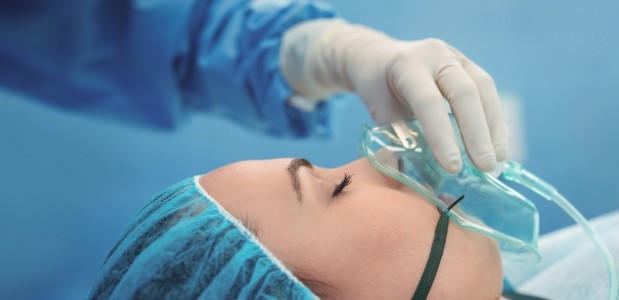Many people feel dissatisfied with the appearance of their bodies, opting for special diets and regular workouts in hopes of adding volume to desired areas. Among these areas are the buttocks. Unfortunately, we do not always have control over our genetics and body structure, so a popular solution is buttock augmentation with implants. However, many people are looking for less invasive procedures, and one of them is fat grafting, which is an effective and safe alternative.
Shaping the buttocks with one’s own fat – a modern approach to buttock augmentation
Fat grafting, also known as lipotransfer, is an innovative technique in plastic surgery that involves shaping and enlarging a selected area of the body using the patient’s autologous fat. This method is primarily known as one of the ways to augment the breasts, but it is increasingly being used for buttock augmentation as well. Fat is an excellent, natural, and safe filler, and the grafting process does not carry a high risk of complications. Lipotransfer effectively reduces signs of sagging in the buttocks, adding shape and proportion to the silhouette.
Buttock augmentation with fat – What does the procedure look like?
Before proceeding with the procedure, a consultation is conducted to discuss the patient’s expectations and present the goals of the planned buttock augmentation with fat tissue. This meeting enables qualifications to be made and appropriate recommendations to be presented to the patient.
Buttock augmentation with fat is an aesthetic procedure in which liposuction techniques are used to remove excess fat tissue from specific parts of the body. After purification and preparation, the fat is then transplanted into the buttocks to give them greater volume and shape them accordingly. The procedure consists of several stages.
Liposuction
In the first stage, the doctor performs liposuction by extracting fat tissue from areas where it is in excess. The most common areas for fat removal include the abdomen, waist, back, or thighs. Various liposuction techniques are used, such as classical liposuction, ultrasonic, laser, and others. The extracted fat tissue undergoes a purification process to separate fat cells from other substances. Subsequently, the fat is adequately prepared for transplantation.
Fat Transplantation to the Buttocks
Using special, thin needles, the doctor injects purified fat into various layers of buttock tissues. They aim for even distribution to achieve a natural and proportional appearance. After completing the fat transplantation, the doctor assesses the symmetry and proportions of the buttocks, securing small incisions made on the skin. The patient is then required to wear special clothing for several weeks. Post-procedure, the patient receives information regarding care and the course of the recovery process.
Advantages of using this buttock augmentation method
Buttock augmentation using fat is a way to achieve an attractive silhouette by enhancing the buttocks and improving body proportions. This method is effective and comes with numerous advantages.
Natural Appearance
Compared to augmentation with implants, fat transfer allows for a more natural look of the buttocks. Since the patient’s own fat is used and precisely transplanted into specific areas, satisfying and natural results are achieved.
Lasting Effects
Fat transplantation offers lasting effects because the transplanted fat cells become an integral part of the buttock tissues. In the initial healing phase, a portion of the fat tissue (typically around 20-30%) gets absorbed. In contrast to implants, which may require replacement over time, the integrated fat tissue remains in the body permanently.
No Risk of Rejection
As fat transplantation utilizes the patient’s own tissues, there is no risk of rejection or allergic reactions. It is a safe procedure that minimizes potential complications.
Fat transplantation is an innovative method that provides a natural appearance and lasting results. Lipotransfer is becoming increasingly popular, giving patients the opportunity to enhance the appearance of their buttocks using their own tissues. If you are considering buttock augmentation, consider fat transplantation as an alternative to implants – you’ll gain aesthetic benefits with minimal risk.







